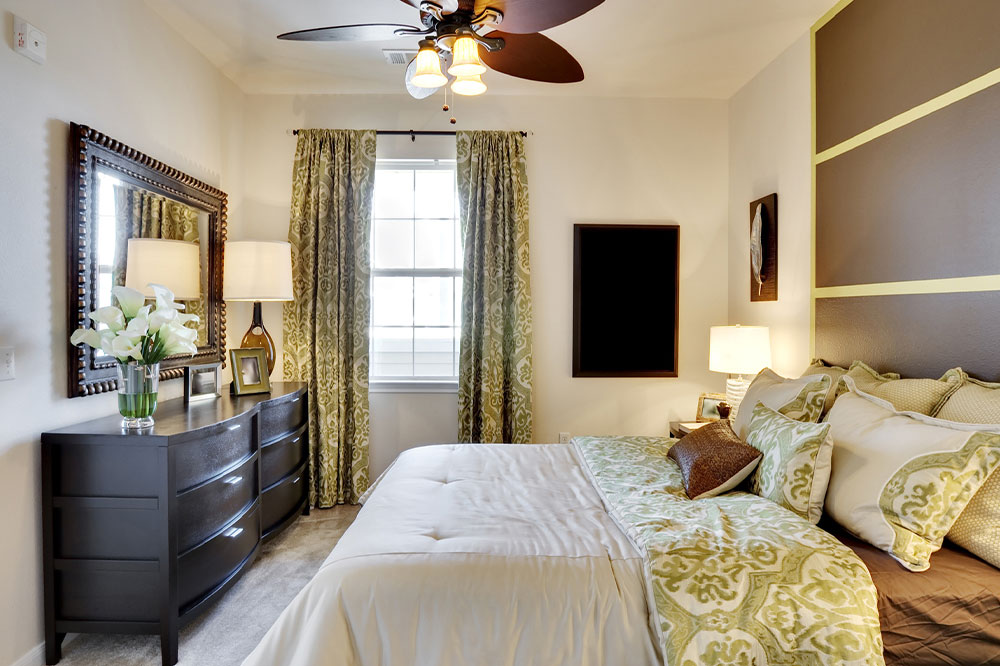Top 5 home lighting mistakes to avoid

If you are moving into a new home or planning to renovate your living space, lighting should be a key consideration for getting the ambiance you want. Investing in beautiful fixtures and ample lighting solutions can make all the difference, from making the space feel inviting and warm to illuminating the focal points of the room. So, to help you get started, here are some common home lighting mistakes you should avoid:
Too many or too few lights
It may not be possible to determine the ideal brightness of the room to be until you begin using it. However, adding too many lights to the room might not be the best solution, as excessive bright light can overwhelm the senses. On the other hand, insufficient lighting will only make the room look dull. So, you need to assess the sources of natural light and the purpose of the room before choosing the best lighting solutions. For example, the living room and common areas could use ambient lighting. A desk or workplace setup requires a bright light source to improve visibility.
Choosing the wrong size
A huge lighting fixture may not work for small spaces like the restroom or tiny seating nooks. Further, high-intensity lights in such small spaces can be too harsh, making you squint. Also, installing a tiny light fixture in a big room can make the space dim and not functional. Living rooms, dining rooms, and other common areas require layered lighting to minimize shadows. Layered lighting is typically a mix of different-sized light fixtures that blend at specific angles to create a uniform ambiance.
Ignoring color temperature
Understanding color temperature can come in handy when trying to figure out what works best for each room. Color temperature is the simple measurement of brightness and intensity classified into warm and cool ranges. It is measured in Kelvin (K). Ideally, you should install warm white lighting in the bedroom spaces and dining areas. Here you can use an incandescent bulb or halogen bulb with a lower color temperature range of 2,000K to 3,000K, which is not too harsh on the eyes. For better lighting in a home workspace, go for cool white lighting with LED bulbs, which go beyond 4,000K on the temperature scale.
Overlooking smart lighting solutions
Manual light switches can be upgraded to smart switches using a smart control array that helps control all lighting systems in and around the house. Smart sensors, auto on/off features, dimmers, and timers are some of the must-have solutions if you trying to improve home lighting. You can even control modern lighting systems using smart apps integrated into your home infotainment system. Such smart upgrades can help automatically adjust the lighting to improve visibility and ambiance, depending on the time of the day. Smart LED bulbs can even change color temperatures allowing you to adjust the intensity.
Not upgrading to LED bulbs
LED bulbs and lighting systems are extremely energy-efficient options that come with a great lifespan. Moreover, smart LED lights can be integrated be controlled using lighting apps designed by the manufacturer. If the budget has room for this upgrade, consider switching to LED lights as a one-time investment.



